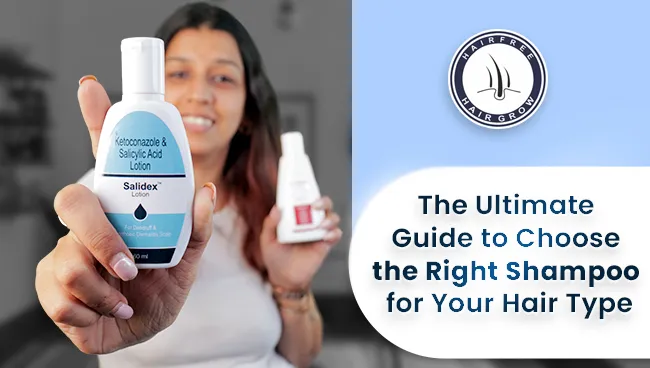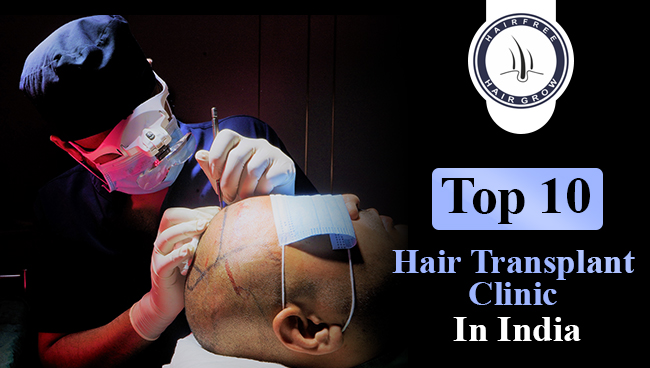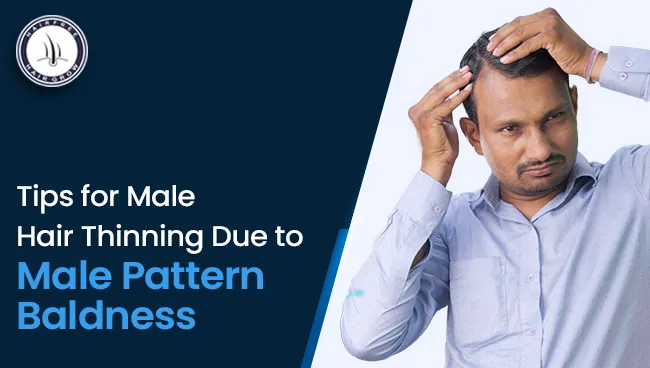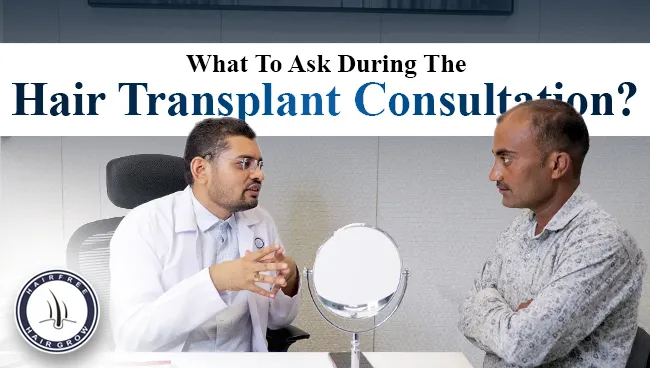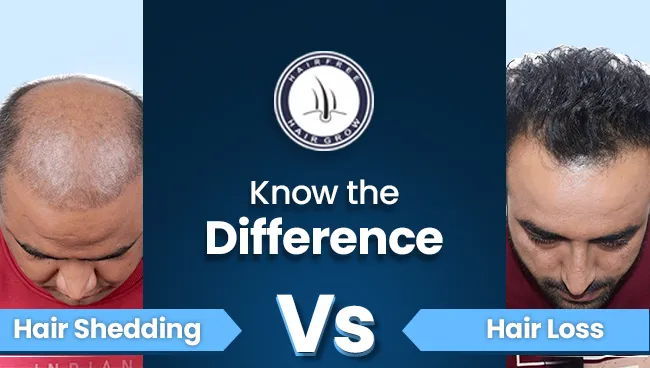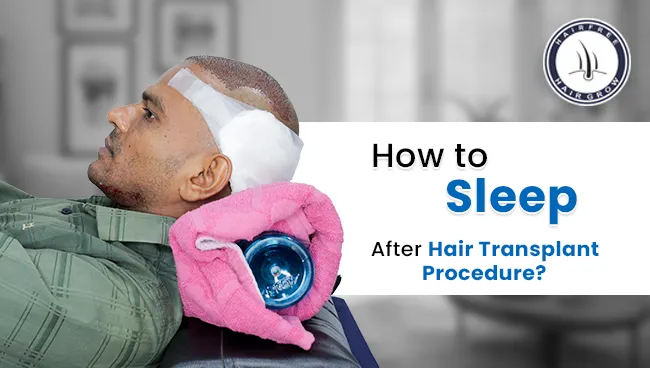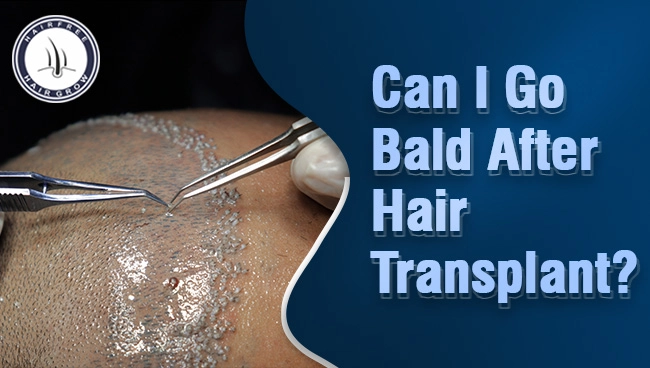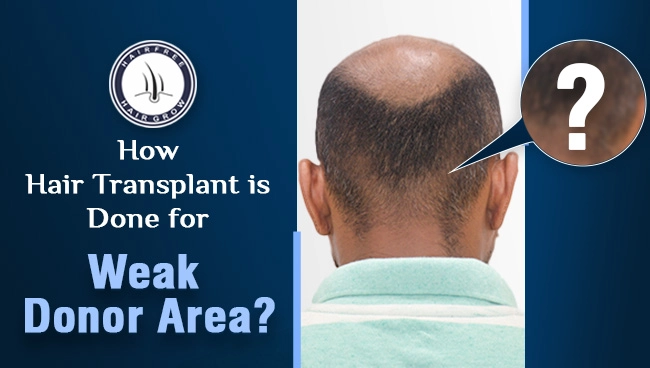Itchy, flaky scalp? You might think it’s just dandruff, but it could be something more serious like scalp psoriasis. Many people confuse the two because both cause flakes and itching. However, they are different conditions that require different treatments. In this blog, we will discuss psoriasis scalp vs dandruff, their causes, symptoms, and treatments.
What is Scalp Psoriasis?
Scalp psoriasis is a chronic autoimmune condition that causes the skin to produce new cells too quickly. This leads to thick, scaly patches on the scalp, which can spread to other areas like the forehead, ears, and neck.
Scalp Psoriasis Symptoms
- Thick, raised plaques with a silvery-white scale
- Red, inflamed patches on the scalp
- Severe itching, burning, or soreness
- Flaking that looks similar to dandruff but is thicker and more stubborn
- Dry scalp that may crack and bleed
Causes of Scalp Psoriasis
- Genetics – If someone in your family has it, you are more likely to develop it.
- Immune system problems – The body mistakenly attacks healthy skin cells.
- Triggers – Stress, cold weather, infections, and certain medications can worsen the condition.
What is Dandruff?
Dandruff is a common scalp condition that causes white or yellow flakes. It happens due to excess oil and yeast growth on the scalp.
Dandruff Symptoms
- Small, white, or yellow flakes that fall off easily
- Itchy scalp, but no pain or burning
- Oily or greasy scalp
- Flakes appear more when the hair is not washed regularly
Causes of Dandruff
- Excess oil production – An oily scalp can lead to dandruff.
- Fungal infection (Malassezia yeast) – Overgrowth of this yeast causes flaking.
- Dry skin – People with dry skin are more prone to dandruff.
- Hair products – Harsh shampoos and styling products can trigger dandruff.
Difference Between Scalp Psoriasis and Dandruff
Feature | Scalp Psoriasis | Dandruff |
Cause | Autoimmune disorder | Overgrowth of yeast, excess oil |
Flakes | Thick, silvery-white scales | Small, white or yellow flakes |
Itching | Severe, with burning and soreness | Mild to moderate itch |
Scalp Condition | Red, inflamed, and sometimes bleeding | Oily or dry, but not inflamed |
Spread | Can spread beyond the scalp | Limited to the scalp |
Treatment | Medications, phototherapy, special shampoos | Anti-dandruff shampoos, mild treatments |
Psoriasis on Scalp or Dandruff: How to Know?
So, is it psoriasis on scalp or dandruff? Check these clues:
- Scalp Psoriasis Symptoms: Thick plaques, silvery or purple scales (depending on skin tone), and pinpoint bleeding when scratched. You might also see nail changes like pits or yellow spots.
- Dandruff Symptoms: Fine white flakes, greasy red patches, and itchiness. No nail issues here.
If you shave your head, psoriasis shows raised, defined patches. Dandruff looks like shiny, flaky redness. Another tip: psoriasis gets worse if you scratch or injure it (called the isomorphic response). Dandruff doesn’t care about that.
What Causes Them?
- Psoriasis: A mix of genetics and triggers like strep throat, meds, or stress. It’s an internal inflammation thing.
- Dandruff: Genetics plus oily skin and that pesky yeast. External factors like cold weather can make it worse.
Scalp Psoriasis Treatment
Scalp psoriasis is a tricky condition that sticks around, so it needs consistent, long-term care. It’s not just about getting rid of flakes—it’s about calming inflammation and slowing down those overactive skin cells. Here’s a deeper look at the most common ways to manage it:
1. Medicated Shampoos
Medicated shampoos are often the first step for scalp psoriasis. They’re designed to tackle flakes, redness, and irritation. Look for ingredients like:
- Coal tar: This slows skin cell growth and cuts down on scaling and itching. It’s a bit smelly, but it works!
- Salicylic acid: This softens and lifts those thick scales, making it easier for other treatments to sink in.
- Ketoconazole: An antifungal that can help if yeast is making things worse (it sometimes plays a role in psoriasis flares).
You’ll need to use these regularly—sometimes daily at first, then a few times a week. Leave the shampoo on for 5-10 minutes before rinsing to let it really do its job. Pairing it with a gentle, fragrance-free conditioner can keep your hair from drying out too much.
2. Topical Treatments
When shampoos aren’t enough (and they often aren’t), topical treatments step in. These go straight onto your scalp to target inflammation and growth. Common options include:
- Corticosteroid creams or lotions: These are the heavy hitters. They reduce swelling, itching, and redness fast. You might get a foam or liquid version for easier scalp application. Use them sparingly, though—long-term use can thin your skin.
- Vitamin D creams (Calcipotriol): These slow down how fast your skin cells multiply, which is the root of those thick plaques. They’re gentler than steroids and great for long-term use, though they might irritate at first.
- Calcineurin inhibitors: Like tacrolimus, these calm inflammation without steroids. They’re less common for the scalp but can work if steroids aren’t an option.
Applying these can be messy. Part your hair in sections, dab the cream on the plaques, and rub gently. A tip: do it at night and wear a shower cap to keep it in place while you sleep. Wash it out in the morning for less hassle.
3. Phototherapy
For tougher cases, phototherapy—aka light therapy—can make a big difference. It uses controlled doses of ultraviolet (UV) light to slow skin cell growth and ease inflammation. You might:
- Visit a dermatologist for sessions with a UV lamp or laser.
- Use a handheld UV comb at home (with a doctor’s okay).
It’s not a quick fix—you’ll need multiple sessions over weeks. But it’s great for clearing up stubborn patches. Just watch out for sunburn, and always protect your eyes with goggles during treatment.
4. Lifestyle Changes
What you do day-to-day can help (or hurt) scalp psoriasis. Try these:
- Reduce stress: Stress is a huge trigger. Yoga, meditation, or even a walk can calm your mind and your skin.
- Eat a balanced diet: Some folks find cutting sugar or gluten helps, though evidence is mixed. Load up on fruits, veggies, and omega-3s (like fish or flaxseed) to fight inflammation.
- Keep the scalp moisturized: Dryness makes flakes worse. Use a fragrance-free moisturizer or coconut oil after washing to lock in hydration.
- Avoid harsh hair habits: Skip tight ponytails, hot tools, or chemical treatments like perms—they can spark that isomorphic response and bring on more plaques.
5. Systemic Treatments (When It’s Serious)
If your psoriasis is severe or spreads beyond the scalp, your doctor might suggest pills or injections. These target inflammation inside your body. Options like methotrexate, biologics (e.g., adalimumab), or oral retinoids can work wonders, but they’re not lightweight—they come with side effects and regular checkups.
Scalp psoriasis treatment is a team effort. You might mix shampoos, creams, and lifestyle tweaks, adjusting as flares come and go. A dermatologist can tailor it to you, especially since untreated psoriasis can lead to joint pain or bigger health risks. Patience is key—it’s about managing, not curing.
Dandruff Treatment
Dandruff is way easier to handle than scalp psoriasis. It’s mostly a surface issue tied to oil, yeast, and scalp irritation. With the right routine, you can keep those flakes under control. Here’s how to tackle it, step by step:
1. Anti-Dandruff Shampoos
The backbone of dandruff treatment is a good shampoo. Over-the-counter options are usually enough, and they’re packed with active ingredients like:
- Zinc pyrithione: This fights the yeast (Malassezia) that loves oily scalps and reduces flaking. It’s in tons of drugstore shampoos.
- Ketoconazole: Another antifungal that knocks out yeast overgrowth. It’s strong and great for stubborn cases.
- Selenium sulfide: This cuts oil production and slows skin cell turnover, keeping flakes at bay. It can discolor light hair, so rinse well!
- Salicylic acid: It exfoliates dead skin, clearing buildup so your scalp feels fresh. Pair it with a conditioner if it dries you out.
Start by washing 2-3 times a week. Let the shampoo sit for a few minutes—think of it like marinating your scalp—then rinse thoroughly. Once the flakes calm down, you can drop to once a week for maintenance. Rotate between two shampoos if one stops working (yeast can get sneaky).
2. Proper Hair Care
How you treat your hair matters. Dandruff thrives in certain conditions, so tweak your routine:
- Wash regularly: Oily scalps need frequent cleaning—every day or every other day with a mild shampoo works. Don’t let grease build up.
- Avoid heavy styling products: Gels, pomades, or sprays can clog your scalp and feed the yeast. Stick to lightweight stuff if you must.
- Brush gently: A soft brush spreads natural oils without irritating your skin. Harsh scrubbing? That’s a no-no—it can worsen redness.
- Rinse well: Leftover shampoo or conditioner can irritate and spark more flakes. Double-check those roots!
3. Home Remedies
Want a natural boost? Some home remedies can team up with your shampoo:
- Apple cider vinegar rinse: Mix one part vinegar with three parts water, pour it on after shampooing, and rinse after a minute. It balances your scalp’s pH and cuts oil. (Smells funky, but it fades!)
- Tea tree oil: This has antifungal powers to fight yeast. Add a few drops to your shampoo or mix with a carrier oil (like coconut) and massage in. Don’t overdo it—too much can irritate.
- Aloe vera: Fresh gel soothes itchiness and hydrates a dry scalp. Rub it in, wait 15 minutes, then wash out.
- Baking soda paste: Mix with water, scrub gently, and rinse. It exfoliates but can dry you out, so use it sparingly.
4. Lifestyle Tweaks
Dandruff doesn’t need a big life overhaul, but small changes help:
- Stay hydrated: Drinking water keeps your scalp from getting too dry, which can worsen flakes.
- Watch the weather: Cold, dry hair can flare it up. Wear a hat outside and use a humidifier indoors.
- Cut stress: It’s not as big a deal as with psoriasis, but stress can make your scalp cranky. Chill out when you can.
5. When to See a Doctor
Most dandruff clears up with store-bought fixes. But if it’s super itchy, red, or won’t quit, a dermatologist might prescribe a stronger shampoo or a short course of steroid lotion. It’s rare, though—dandruff is usually a DIY win.
If your symptoms persist, consult a dermatologist for the best treatment plan.
For expert consultation and advanced scalp treatments, visit Hairfree & Hairgrow Clinic today!
Final Thoughts
Flaky scalp got you stressed? Now you’ve got tools to sort out psoriasis scalp vs dandruff. Check the flakes, look for bleeding, and note where else it shows up. For dandruff, a good shampoo might do the trick. For psoriasis, you’ll need a bigger plan—and maybe a dermatologist. Either way, you’ve got this! Don’t let flakes ruin your day.
FAQs
1. Can scalp psoriasis turn into dandruff?
No, scalp psoriasis is an autoimmune disease, while dandruff is caused by excess oil and yeast. They are different conditions.
2. Can dandruff shampoo help scalp psoriasis?
No, dandruff shampoos may not be strong enough for scalp psoriasis treatment. You need medicated shampoos or creams prescribed by a doctor.
3. How do I know if I have psoriasis on scalp or dandruff?
Check the flakes. Thick, silvery-white scales indicate psoriasis, while small, white flakes suggest dandruff.
4. Is scalp psoriasis contagious?
No, scalp psoriasis is not contagious. It is caused by immune system problems, not infection.
5. Can home remedies cure dandruff?
Home remedies like apple cider vinegar and tea tree oil can help, but if dandruff symptoms persist, use medicated shampoos.

Written By
Dr. Pankaj Khunt
MD – Ukraine
Dr. Pankaj Khunt is a hair restoration expert specializing in psoriasis scalp vs dandruff diagnosis and treatment. With extensive experience in scalp health, he provides tailored solutions to manage flaking, itching, and inflammation, ensuring effective care for long-term scalp wellness and hair vitality.
Disclaimer
We’ve made all possible efforts to ensure that the information provided here is accurate, up-to-date and complete, however, it should not be treated as a substitute for professional medical advice, diagnosis or treatment. See Detailed Disclaimers Here.


